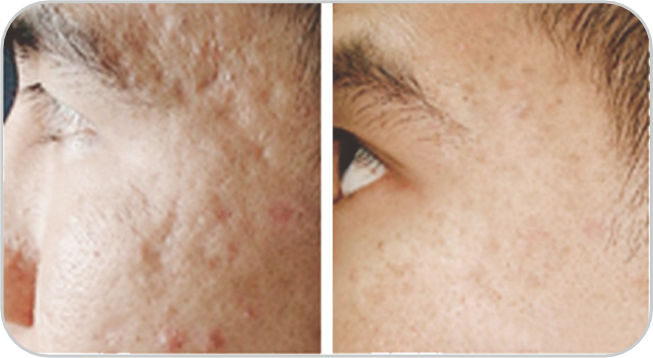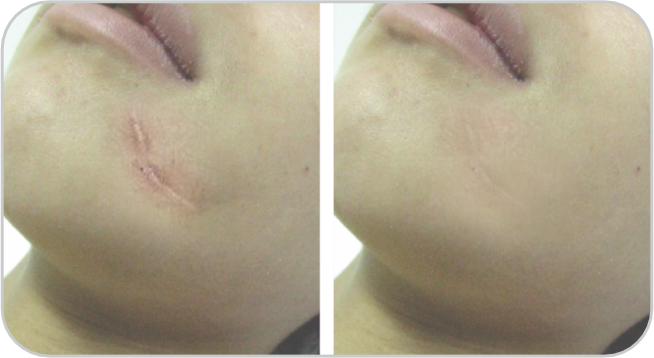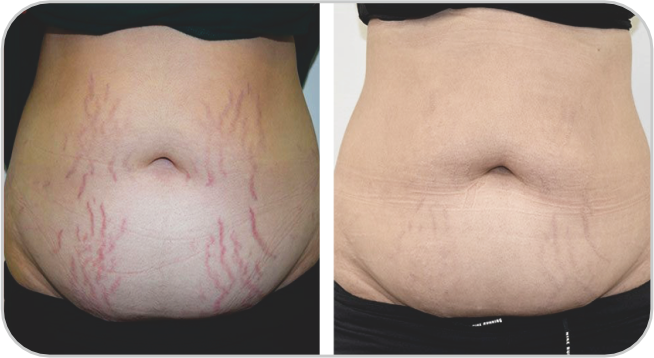
1550nm Erbium Fiber Laser---Deep remodeling
The 1550nm fractional laser works deep within the skin the skin to smooth,refine,and renew from the inside out.By stimulating fresh collagen and remodeling damaged tissue,it helps soften fine lines,reduce pores,improve texture,and visibly diminish acne and surgical scars for lasting rejuvenation.
1927nm Thulium Fiber Laser---Superficial renewal
The 1927nm thulium fiber laser focuses on the skin's surface,brightening and refreshing the complexion by targeting pigmentation such as sunspots,melasma,and acne marks.Often nicknamed the "BB Laser" for its radiant results,it also creates tiny micro-channels that enhance the absorption of serums and skincare products,amplifying post-treatment benefits.
Together,these two wavelengths deliver a powerful combination of deep renewal and surface radiance,offering patients noticeable improvements in tone,texture,and overall skin health.
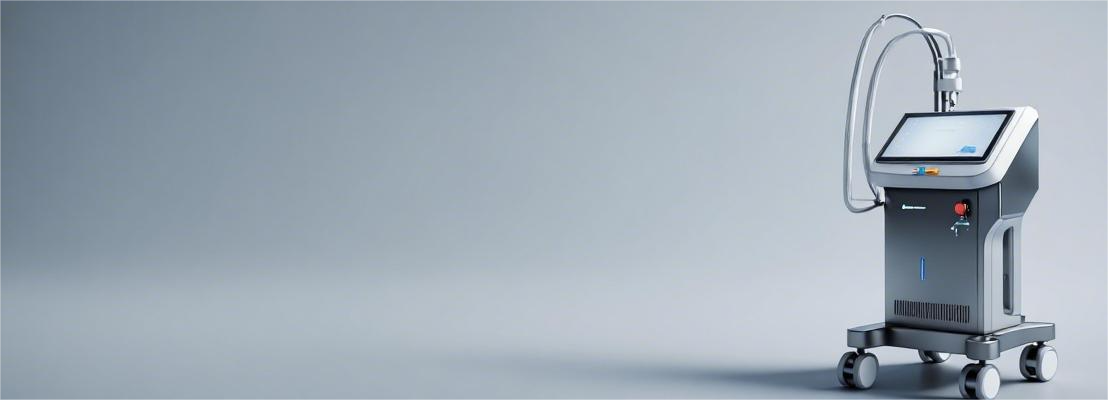
Our Fiber Laser Features
Medical Standard Design
Engineered to rigorous medical standards,the system is equipped with a medical-grade power supply,ensuring reliable performance and consistently effective results.
Android Control System
ARM-A13 CPU,Android O/S 11,2K,HD screen.
Supports 16 languages and features a color touch screen interface.
Easily adjustable treatment parameters ensure simple ans precise operation.
Hand-drawing Function
The unique hand-drawing function can provide you with all kinds of graphics you want,which can be better used for some special treatment areas,especially the corners of the eyes,both ears,and so on.
Air Cooling System(optional)
The cooling air cryotherapy system could reduce pain and thermal damage during laser or dermatological treatment,it also provides temporary topical anesthetic relief with injections.
Fractional Handpiece

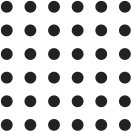




Multiple Advantages
Makes selecting specific treament areas easy;irregular areas can also be configured.
Compact handpiece design for comfortable,easy treatments.
Touch the screen to easily adjust treatment settings for optimal results.
Stable energy output ensures a great result.
RF ID management control design provides different business operation modes.
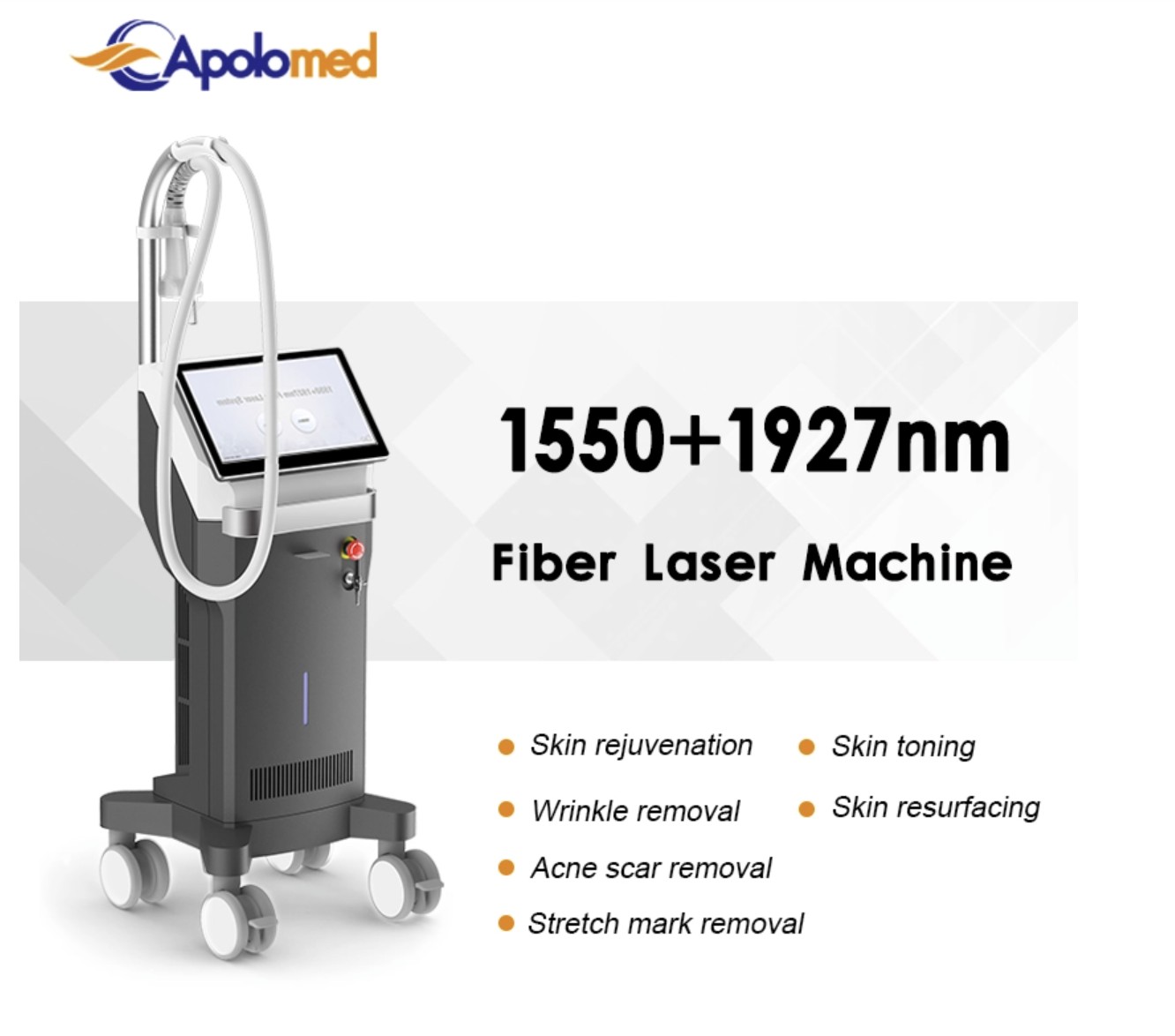
Before and After
Certificate
APOLO Fractional Laser products have obtained the following international certifications: ISO13485 SGSROHS CEO197
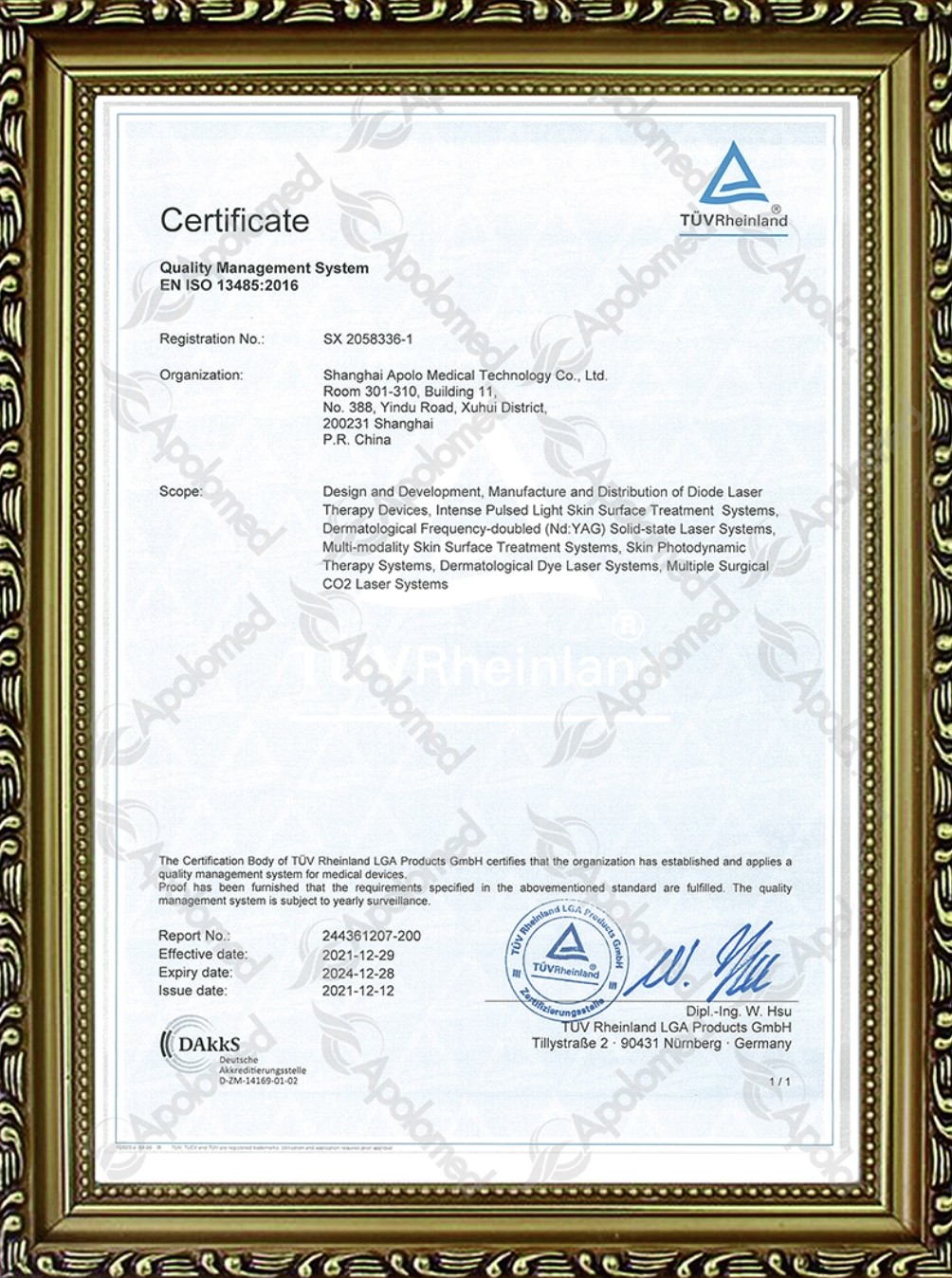
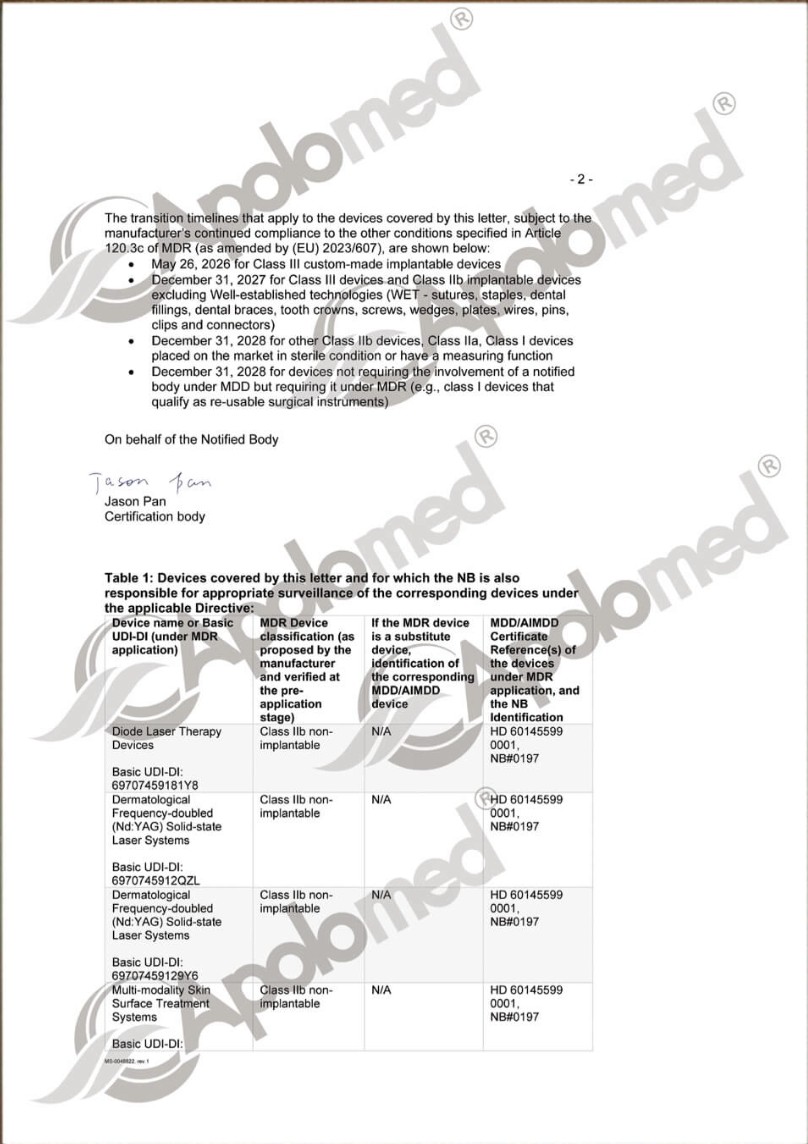
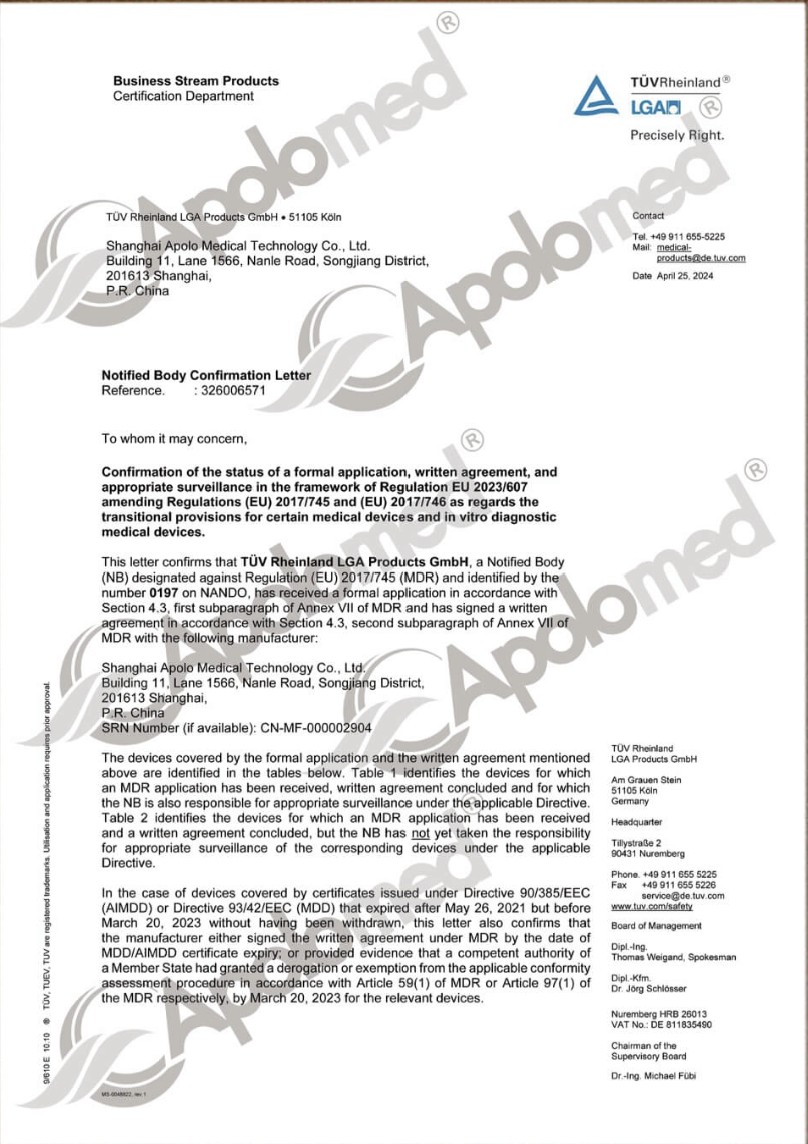
Related Blogs
Keep In Touch With Us
If you have any questions or requirements regarding portable outdoor power solutions, please feel free to contact our customer service team. Our professional team will provide you with detailed product information, answer your questions, and tailor the best solution to meet your needs.
Mob:+86-21-34622842/+86-21-34622015
E-mail:info@apolo.com.cn




